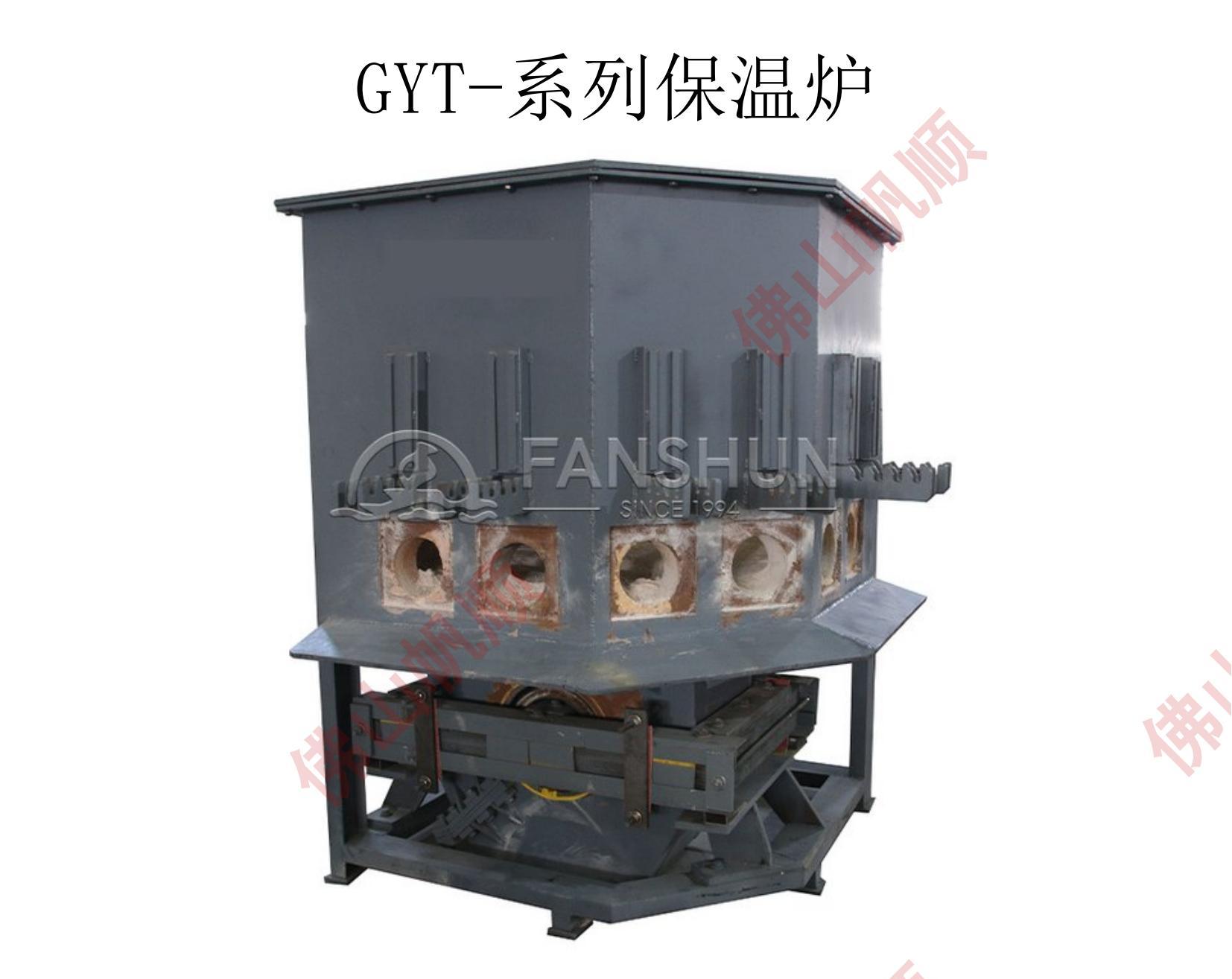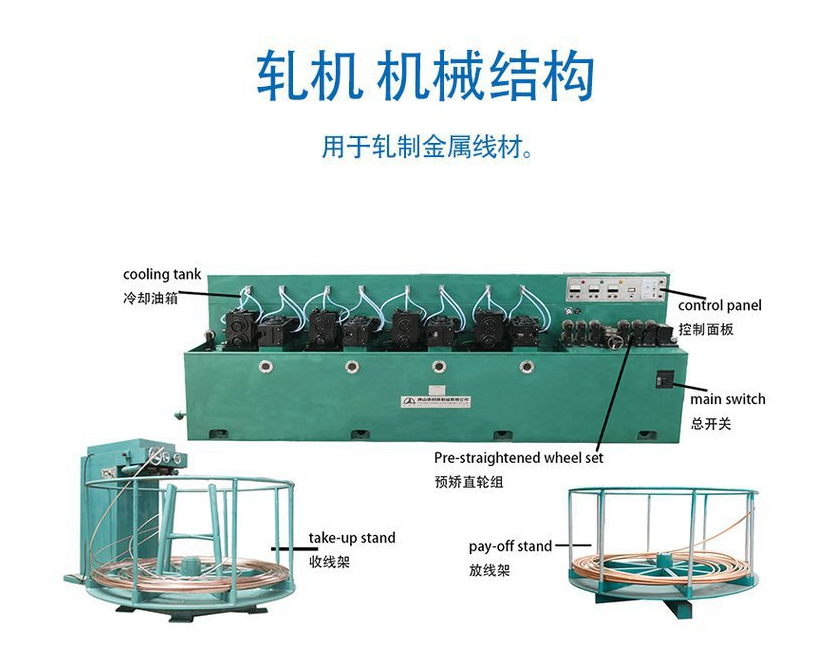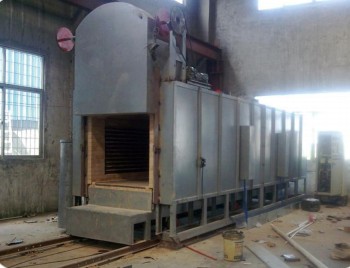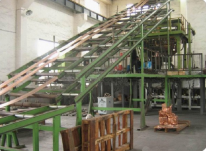Key Processes in a Copper Strip Integrated Production Line
Melting and Casting:
The process begins with melting copper cathodes, scrap, or raw materials in a melting furnace, such as a medium-frequency induction furnace or a power frequency induction furnace. The furnace heats the copper to its melting point, forming molten copper with a consistent composition.
The molten copper is then poured into a continuous casting machine to create copper slabs or strips. Continuous casting ensures uniform thickness, chemical composition, and reduces defects, which is critical for downstream processes.

Hot Rolling:
After casting, the copper slabs are processed in a hot rolling mill, where they are reduced in thickness while maintaining the material above the recrystallization temperature. Hot rolling improves the grain structure and mechanical properties of the copper.
Modern hot rolling mills may use a reversing or tandem rolling mill setup to achieve precise thickness and flatness. This process involves multiple passes to reach the desired thickness.
Cold Rolling:
Once the copper has been hot-rolled, it undergoes cold rolling to further reduce its thickness and enhance its surface finish. Cold rolling is performed at room temperature, which increases the strength and hardness of the copper strips.
Four-high rolling mills or reversing cold rolling mills are often used in cold rolling. These mills ensure high precision in thickness control, resulting in a product suitable for high-precision applications.

Annealing:
Cold rolling causes work hardening, making the copper strips brittle and less ductile. To restore ductility and relieve internal stresses, the strips are subjected to annealing in either a continuous or batch annealing furnace.
During annealing, the copper strips are heated to a specific temperature and then cooled slowly. This process controls grain size and temper, which is essential for achieving the desired mechanical properties.

Pickling and Surface Treatment:
After annealing, the copper strips are usually treated with a pickling process to remove surface oxides, scales, and impurities formed during annealing. This step is crucial for achieving a clean surface and preparing the strips for further processing or coating.
Additional surface treatments, such as chemical coating or polishing, may be applied depending on the application requirements to enhance corrosion resistance and aesthetic appeal.
Slitting and Edge Trimming:
The copper strips are then transferred to a slitting line, where they are cut into narrower widths according to customer specifications. Slitting ensures that the strips meet precise width tolerances and have clean, burr-free edges.
The edge trimming process further refines the edges, ensuring they are smooth and suitable for downstream applications or customer needs.
Quality Control and Inspection:
Throughout the production process, stringent quality control measures are implemented to ensure that the copper strips meet the required standards for thickness, width, surface quality, mechanical properties, and chemical composition.
Non-destructive testing (NDT) methods, such as eddy current testing or ultrasonic testing, may be employed to detect defects or inconsistencies in the copper strips, ensuring a high-quality final product.
Coiling and Packaging:
After slitting and final inspection, the copper strips are coiled onto reels for easy handling, storage, and transportation. Proper coiling is essential to prevent damage during storage and shipment.
The coils are then packaged according to customer requirements, often with protective wrapping to prevent oxidation and mechanical damage.

Technological Advantages of a Copper Strip Integrated Production Line
High Efficiency and Productivity:
By integrating all production stages into a single line, manufacturers can achieve high throughput, reduce production time, and lower costs, enhancing overall efficiency.
Consistent Product Quality:
The continuous production process, from casting to final packaging, ensures uniform mechanical properties and consistent quality, meeting the stringent standards required in industries such as electronics and electrical engineering.
Energy Efficiency:
Modern copper strip production lines are designed with energy-efficient technologies, such as induction furnaces and advanced rolling mills, which reduce energy consumption and operational costs.
Advanced Process Control and Automation:
The use of advanced automation and process control systems ensures precise regulation of temperature, rolling speed, tension, and thickness. This minimizes human error, enhances product quality, and reduces waste.
Flexibility and Customization:
The production line can be adjusted to produce various grades, thicknesses, and widths of copper strips, allowing manufacturers to cater to different market demands and customer specifications.
Reduced Material Waste:
Continuous casting and efficient scrap handling processes minimize material waste, contributing to cost savings and sustainability.
Improved Surface Quality and Precision:
The integration of advanced pickling, trimming, and polishing processes results in superior surface quality and precision, which is critical for applications in the electronics and electrical industries.
Conclusion
A copper strip integrated production line offers a highly efficient, automated, and flexible solution for producing high-quality copper strips. By combining advanced technologies for melting, casting, rolling, annealing, pickling, slitting, and packaging, this integrated approach ensures high productivity, consistent product quality, and reduced operational costs. The line is well-suited for industries requiring precise copper strips, such as electronics, electrical engineering, and automotive manufacturing, where quality, efficiency, and flexibility are paramount.

